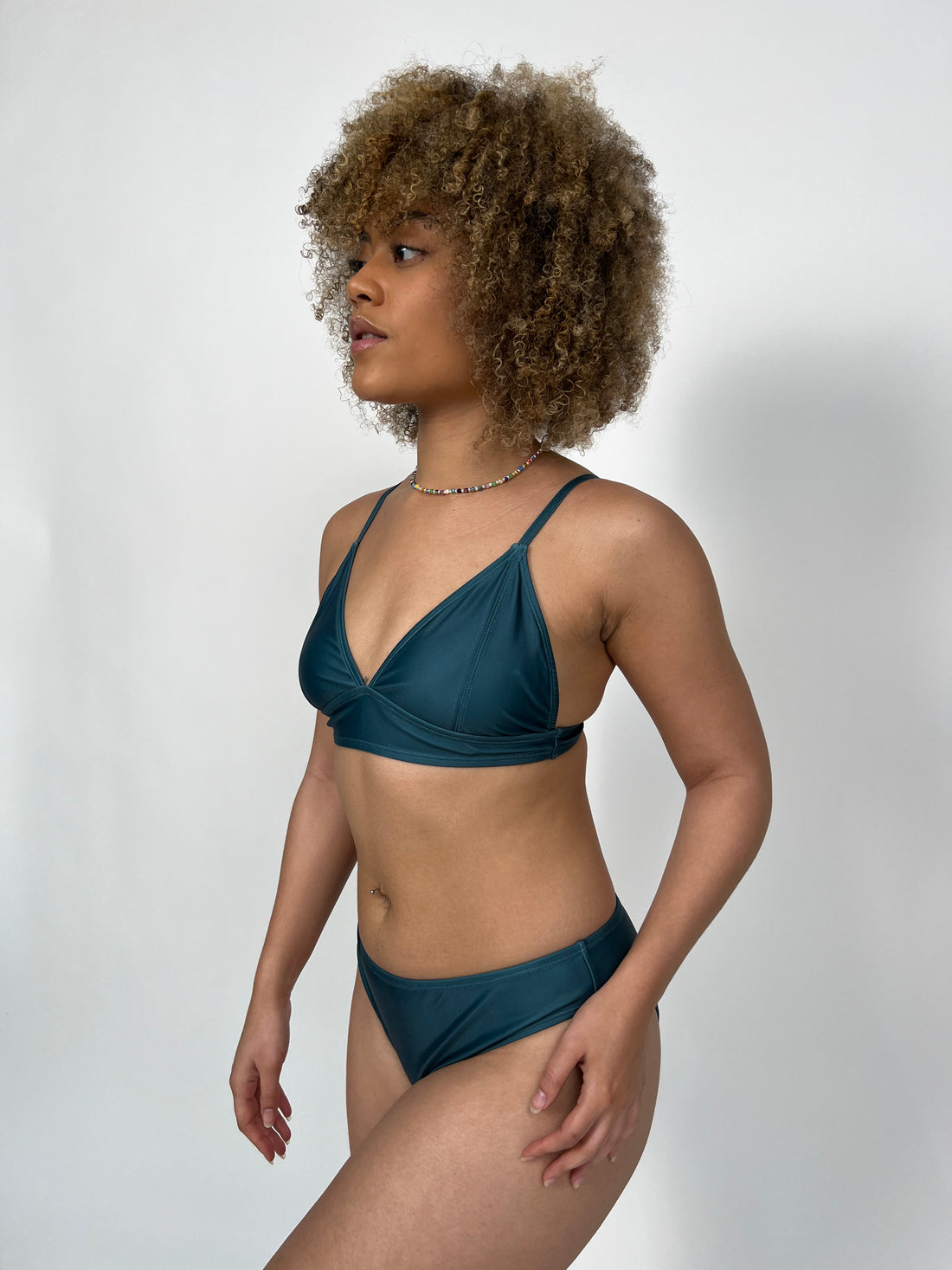"Slow" fashion, a term we’re hearing more and more of, not only as a buzz word amongst the industry, but a talking point focusing on slowing down the consumption, particularly among “trends”. By definition, an aspect of sustainable fashion and concept describing the opposite to fast fashion, part of the "slow movement" advocating for clothing and apparel manufacturing in respect to people, environment and animals. Whilst there are numerous approaches, the umbrella view being to reduce the strain on mass production as you may know it, through making more conscious and considered purchases. Whether that be typically shopping secondhand or perhaps investing in quality pieces, through small-run production encouraging longevity with consideration for cost per wear.
A culture that has been adopted by many upcoming/emerging brands, highlighting the importance of shopping “sustainably” particularly among the Gen-Z shoppers. With goes without saying, are collectively notorious for our demanding and disposable appetites for replicating runway pieces. So much so, at just one time, one of the largest high-street labels had over 21,000 items featured within their “new in” section due to the constant demand for newness. Wild.
For every “twenty-something” year old out there entering their TikTok-coined “clean-girl” era, we’re all over “slow” fashion and investment pieces through building a capsule wardrobe. So why should we view our swimdrobe any differently? Our collection was designed with conscious at the forefront, through combining timeless shape with seasonal palette, for year-round wear.
So let’s talk swimwear. Typically reserved solely for summer, once the flights are booked and the sunshine is calling, because even if we only get a couple of weeks wear out of it, they’re cheap enough to chuck away given it’s not long before they’ve already faded/lost their elasticity, right? As long as they serve their purpose for the week or so of sun a year- what’s the issue? That’s exactly the issue. We’re directly feeding the demand, as opposed to shopping with intent for longevity, not necessarily because cost means quality (that’s not strictly true) but shopping the market for quality (equally second-hand) to stand the test of time, for seasons to come. Again, contributing to a slower and more circular approach as opposed to this linear "die a death" model.
It’s not always as black and white as high speed at low cost vs low speed at high cost, nor is it an overnight fix. But, the rise of sustainable alternatives, whether that’s utilising pre-existing “excess” and “wastage” (like ourselves) sure is a step in the right direction.

